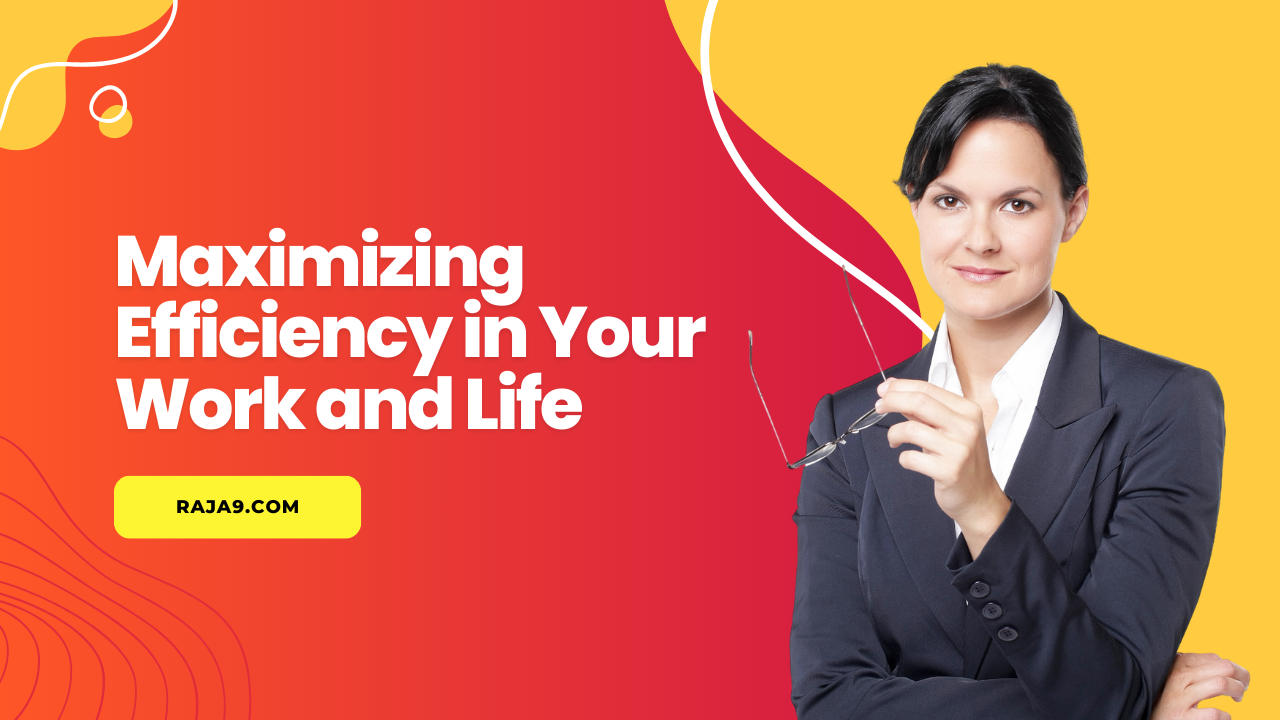Workplace dynamics encompass the relationships, interactions, and behaviors that unfold within a professional environment. These dynamics significantly impact productivity, morale, and overall workplace culture. Successfully navigating workplace dynamics requires a blend of interpersonal skills, emotional intelligence, adaptability, and a proactive approach to conflict resolution and collaboration. This article delves into various aspects of workplace dynamics, offering insights and strategies to navigate them effectively.
Understanding Workplace Dynamics
Workplace dynamics refer to the patterns of behavior and interaction among employees, teams, and management. They are shaped by:
- Organizational Culture: The values, norms, and practices that define how things are done.
- Leadership Styles: The approach leaders use to guide and manage their teams.
- Individual Personalities: Each employee brings unique traits, motivations, and communication styles.
- Power Structures: Hierarchical relationships and authority levels influence interactions.
- External Pressures: Deadlines, market demands, and resource constraints contribute to workplace stress and behavior.
The Importance of Healthy Workplace Dynamics
Positive workplace dynamics foster collaboration, innovation, and job satisfaction. Teams with strong dynamics often exhibit:
- High morale and engagement.
- Open communication and transparency.
- Enhanced productivity and efficiency.
- Resilience in the face of challenges.
Conversely, poor workplace dynamics can lead to conflict, disengagement, and high turnover rates, ultimately affecting organizational success.
Key Skills for Navigating Workplace Dynamics
1. Effective Communication
Communication is the cornerstone of workplace interactions. Clear, concise, and empathetic communication ensures that all parties understand expectations and goals. Active listening plays a crucial role in avoiding misunderstandings and fostering mutual respect.
Tips for Effective Communication:
- Be clear about your intentions and expectations.
- Practice active listening by summarizing and clarifying what others say.
- Use positive and constructive language.
- Adapt your communication style to suit different personalities.
2. Emotional Intelligence (EI)
Emotional intelligence is the ability to recognize, understand, and manage your emotions and those of others. It comprises self-awareness, empathy, self-regulation, social skills, and motivation.
Building Emotional Intelligence:
- Reflect on your emotions and triggers.
- Practice empathy by considering others’ perspectives.
- Stay composed during conflicts or high-pressure situations.
- Foster strong interpersonal relationships through trust and respect.
3. Conflict Resolution
Conflict is inevitable in any workplace, but how it is handled can either strengthen or weaken relationships. Addressing conflicts promptly and constructively prevents escalation.
Steps to Resolve Conflicts:
- Identify the root cause of the disagreement.
- Encourage open dialogue in a neutral setting.
- Focus on solutions rather than assigning blame.
- Seek compromise and collaboration.
4. Adaptability
Workplaces are dynamic and often subject to change. Being flexible and open to new ideas or roles demonstrates resilience and a willingness to grow.
Developing Adaptability:
- Embrace continuous learning to stay relevant.
- View challenges as opportunities for growth.
- Maintain a positive attitude during transitions or changes.
5. Collaboration and Teamwork
Collaboration is at the heart of workplace success. Building strong, cooperative relationships with colleagues fosters synergy and innovation.
Encouraging Collaboration:
- Share credit for team successes.
- Respect diverse viewpoints and expertise.
- Establish shared goals and roles for accountability.
- Provide constructive feedback to help others grow.
Addressing Common Workplace Challenges
1. Navigating Power Dynamics
Power dynamics in the workplace can create challenges, especially if authority is misused or hierarchical boundaries are unclear.
Strategies to Manage Power Dynamics:
- Build mutual respect by demonstrating competence and reliability.
- Establish open lines of communication with managers and peers.
- Address concerns or misuse of power diplomatically.
- Understand organizational protocols for escalating issues.
2. Dealing with Difficult Personalities
Every workplace has a mix of personalities, some of which may be challenging to work with.
Handling Difficult Personalities:
- Set boundaries to maintain professional relationships.
- Avoid personalizing negative behavior; focus on the issue, not the person.
- Seek mediation or support from HR if behavior becomes disruptive.
3. Balancing Individual and Team Goals
Striking a balance between personal ambitions and team objectives can be tricky.
Balancing Strategies:
- Align personal goals with team or organizational priorities.
- Communicate openly about workload and expectations.
- Support team efforts while advocating for your contributions.
4. Coping with Workplace Stress
Stress, whether from deadlines, workloads, or interpersonal conflicts, can impact both individual performance and team dynamics.
Managing Stress:
- Practice time management to prioritize tasks effectively.
- Take short breaks to recharge during work hours.
- Seek support from colleagues or supervisors when overwhelmed.
- Incorporate mindfulness or relaxation techniques into your routine.
Cultivating a Positive Workplace Culture
Creating a positive workplace culture starts with individual actions and is reinforced by organizational policies. Here’s how individuals and organizations can contribute:
1. For Individuals
- Exhibit professionalism and integrity in all interactions.
- Celebrate colleagues’ successes and provide encouragement.
- Be proactive in addressing issues and seeking resolutions.
- Maintain a growth mindset and embrace feedback.
2. For Organizations
- Foster inclusivity and diversity to enrich perspectives.
- Implement transparent communication channels.
- Recognize and reward employee contributions.
- Provide opportunities for professional development.
The Role of Leadership in Workplace Dynamics
Leadership significantly influences workplace dynamics by setting the tone for behavior and interaction. Effective leaders:
- Inspire trust through consistency and fairness.
- Encourage open dialogue and value employee input.
- Address conflicts promptly and constructively.
- Empower employees by delegating responsibilities and providing growth opportunities.
The Future of Workplace Dynamics
As workplaces continue to evolve with technological advancements and shifting work paradigms, dynamics will change. Remote and hybrid work models, for instance, present unique challenges in communication and collaboration. Emphasizing flexibility, leveraging digital tools, and fostering virtual connectivity will be crucial.
Conclusion
Navigating workplace dynamics is an ongoing process that requires awareness, skill, and effort. By fostering effective communication, emotional intelligence, adaptability, and collaboration, individuals can build strong relationships and contribute positively to their organizations. Similarly, organizations must prioritize a supportive culture to cultivate trust, engagement, and innovation. Ultimately, understanding and managing workplace dynamics benefits everyone, creating an environment where teams and individuals thrive.










